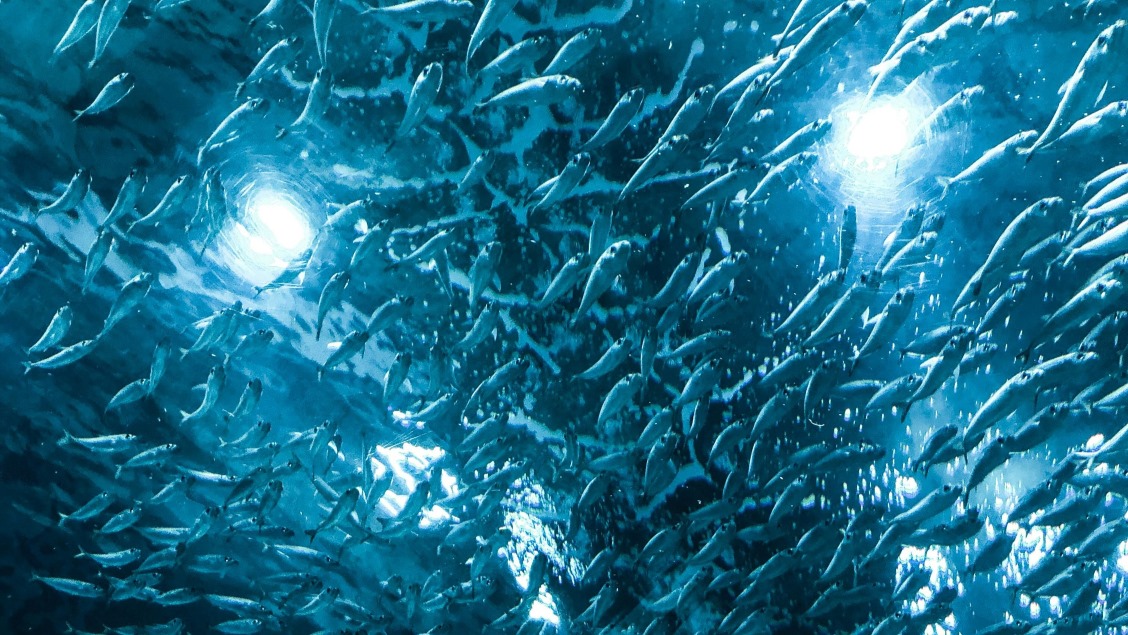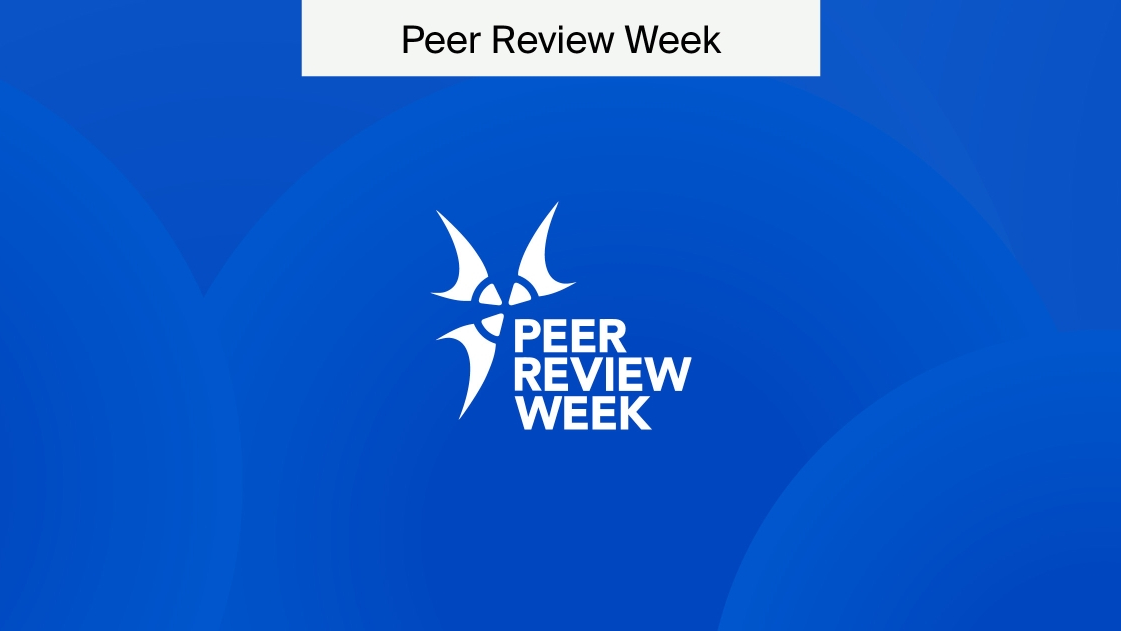
Accidentally Creating a New Fish Species—The Researchers’ Story
The article written by Jenő Káldy and colleagues, published in Genes earlier this year, brought the attention of many media outlets and social media with titles like “Scientists accidentally create new fish species” or “Hungarian Researchers Accidentally Create ‘Sturddlefish’”. It got an Altmetric score of more than 1830, making the top 5% of all research outputs scored by Altmetric. We wanted to know what is behind this outstanding article with an interview with its authors. Keep reading to find out their story of accidentally creating a new fish species.
Interview with the researchers
This extraordinary story of researchers supposedly creating a new fish species is more interesting and nuanced than what it suggests. Let’s explore it from the researchers’ perspective.
Q1. When did you start this research?
The Russian sturgeon meiotic gynogenesis experiment was designed in the fall of 2018 by researchers at NARIC-HAKI and the University of Pannonia. Natural hybridization as part of the meiotic gynogenesis experiment took place in March 2019 at NARIC-HAKI, followed by the first genetic study at the University of Debrecen in the summer of 2019, chromosome analysis at the National Biodiversity and Gene Conservation Centre in October of 2019, the molecular genetic analysis started in March of 2020 at Szent István University in collaboration with NARIC-HAKI.
Q2. Your work is getting important attention, not only in the scientific community, but also in the international press. Why is this the idea of ‘creating a new fish species’ so popular? Do you think there is a real interest among society, and if so, how will this influence your line of research and the research community in general terms?
In my opinion, our manuscript has received that high attention because the American Paddlefish is a very important, ancient and emblematic fish species in the United States. It has a very special and unique appearance. The researchers who deal with this fish species were convinced that there was no viable hybrid of this species with other Acipenseridae. This has been supported by other studies published so far.
This unexpected hybrid refutes the previous knowledge and shows that our knowledge of nature is still incomplete. This research touches on many disciplines like genetics, evolutionary biology, molecular biology, ecology, and fish farming. His social judgment is so positive because two so-called it is a hybrid of a living fossil fish. And that takes us back a bit to the past, which makes people very interested. Since the publication of this article, new research directions have also been unfolding; as such a descriptive article often raises more questions than it answers. And to answer these, more research is always needed.
The fact that the article has aroused intensive media interest will help us to continue our research on this in the future and is likely to encourage other research groups to do the same.
Q3. What impact do you think this successful hybridization will have on this field?
The results of our research has shed light on new facts that also provide new information and questions for evolutionary biology and genetics research, and their interpretation can help to understand several evolutionary and genetic processes.
Q4. Which was the main difficulty you found in developing this study?
It was very difficult to determine the methods by which such a hybrid could be described. However, the research team included excellent geneticists and ecologists, so we were able to identify and implement methods by which we could describe this hybrid fish. During the chromosome analysis the biggest challenge was how to perform it on these valuable individuals without having to kill or cause serious damage. Therefore, fibroblast tissue cultures from a small piece of dorsal fin from each specimen separately were started.
Q5. While working with fish in your research, did you encounter any ethical handicaps? Given the spread of this breakthrough and its implications, do you think some ethical concerns will be raised among citizens?
Since, the aim of the original experiment was far from making the struddlefish, there was no ethical handicaps. Then, when the life finds the way, we felt that, we have to share this with other researchers.
Some opinions have raised the case of genetic modification. In these cases, it was important to note that the sex products were extracted according to the practice commonly used in sturgeon farming practices, fertilization itself was the result of a natural process. That is, we cannot talk about any genetic manipulation.
Given that there have been quite a number of non-scientific newspaper articles among the many media appearances, these have not highlighted the scientific result we think is important, it is possible that citizens have not drawn the right conclusions from these. Our task in connection with this is to make the citizens understanding that this hybrid does not carry dangers. It is special, but interesting from a purely scientific point of view.
Q6. Would you expect the hybrids to be sterile? Let your imagination run free… If they were to be fertile, how would this fit in the paradigm of Mayr’s biological definition of species?
There are several definitions of the definition of a biological species. According to several ecologists, there is no generally accepted and applicable species concept. However, it is also possible that such an extraordinary event is unique to sturgeons, possibly ray-finned fishes, but this requires further investigation. According to the most common definition (the biological concept) of “species”, a species is made up of populations of individuals that are actually or potentially sexually reproducible with each other and that are separated from other similar groups in terms of reproduction. The above definition was given by Ernst Mayr, one of the most defining people in synthetic evolutionary theory. According to synthetic theory of evolution, the emergence of reproductive isolation is the most important issue in species formation.
Can you define the species? Is this where the idea of ‘creating a new fish species’ comes from?
This species definition is now a bit outdated, and other approaches exist. For example, taxonomists who describe species and then define the collected specimens by species often simply do not know whether members of two morphologically similar groups of organisms are able to “potentially” breed each other. In addition, there are significant differences in the extent to which hybridization occurs under natural and experimental conditions, or even in the frequency with which certain organisms choose sexual reproduction. Taking these problems into account, there are several other concepts for defining “species”: typological species concept (Linnaeus), morphological species concept, biological (isolation, reproductive) species concept, pair recognition species concept, phylogenetic (cladistic, evolutionary, Darwinian) species concept, ecological species concept, genetic species concept, phenotic species concept (based on phenotype), recognition species concept, etc. Mayr’s definition is outdated; it does not take into account asexual reproduction or whether reproduction occurs under natural or artificial conditions.
We believe that the hybrid will be most probably sterile. Hybrids between two Acipenseridae species with equal parental chromosome numbers are fertile (e.g. great sturgeon x sterlet) while those having different parental chromosome numbers are sterile (e.g. great sturgeon x Russian sturgeon). The chromosome number of the Russian sturgeon is double of the paddlefish’s chromosome number. This makes it likely that their hybrid will be sterile. But let us see!
It is well known that paddlefish and shovelnose sturgeon live side by side in the Mississippi and its tributaries. The shovelnose sturgeon looks much more like the Russian sturgeon than the paddlefish. We do not know that anyone has described a hybrid of these, although the chromosome numbers of the two species are the same. In this case, other isolation mechanisms that aided species formation played a crucial role.
Q7. Would you expect to find hybrids in nature?
To the best of our knowledge, it is unlikely that anyone would find such hybrids in nature. Although, there is a theoretical chance for this, but the probability is practically zero. However, it draws our attention to the need to pay more attention to ensuring that only native species live on each continent. As hybridization also occurs in nature between sturgeons, it is important to maintain natural geographical separation between species.
Q8. You suggest that hybrids can be a good option to study the role of the fibroblast growth factor gene (FGFR). Would you expect those hybrids to become an animal model for this or other research purposes in the near future?
Yes, it is possible. Because two types of hybrids were generated during the experiment, one with one maternal and one paternal genome, and the other with two maternal and one paternal genomes. Both the chromosome numbers and quantity of alleles differ in the two hybrids.
The FGF gene and the FGF receptor gene play an important role in the regulation of scaling. This is described in more detail in an article cited in our paper. Carp and zebrafish also have scaled and nude versions and intermediate forms. The paddlefish is a nude fish, while the Russian sturgeon is covered by scutes. The hybrids show intermediate appearance regarding the number and size of the scutes and this correlates with the current gene dose. This is a good opportunity to study the regulation of gene functions or to investigate dosage compensation. However, this hybrid will certainly not be as common as a laboratory model animal as the zebrafish.
In addition, some evolutionary event, like ancient genome duplication or the refunctionalization of the genes can be analyzed based on the different phenotypes and genomes.
Q9. You mention that other sturgeons may hybridize American paddlefish. Do you plan to study other potential hybridizations? If this is the case, which would be interesting targets?
For the protection of native sturgeon stocks, it is important to know which species may be endangered by the possibility of such hybridisation. Thus, if justified by species conservation research, we will investigate a further hybridization event in the future. While we are almost certain that since this hybrid was created, hybridization with other Acipenseridae were made by others. We would like to study the already created hybrids further.
Q10. The hybrids were created accidentally while trying to breed these species in captivity. Will these results help you to achieve the initial purpose of your research? Was creating a new fish species intentional?
This experiment was planned as a negative control for the Russian Sturgeon (Acipenser gueldenstaedtii) induced gynogenesis research. This result did not help the original experiment, but it was nonetheless successful. It has been shown to use American paddlefish sperm for meiotic gynogenesis, in which case, if the radiation does not kill all the sperm genetic material, viable hybrids will emerge. That is, the offspring may not be gynogenetic Russian sturgeon. Therefore, American paddlefish milt cannot be used with greater safety than other sturgeon milt.
Q11. You conclude that your findings would “strengthen pond aquaculture both from an ecological and environmental perspective”. With contemporary awareness of the environment and its protection, could you explain that in more detail?
This is just a theoretical suggestion. If the hybrid were able to feed by plankton filtration and also to pick up the food from the bottom it would be an ecological advantage in pond aquaculture. The low trophic levels are preferably to reduce carbon footprint. Well, if these hybrids can fulfill the requirements and roles sturgeons but utilize low trophic levels may be useful in pond aquaculture. At present, however, we see that the hybrid will not be able to filter plankton.
Working with MDPI
We briefly asked the researchers how their experience was working with MDPI.
Q12. Why did you choose Genes MDPI for your manuscript?
We chose Genes for publication because I was notified that a Special Issue “Fish Cytogenetics: Present and Future” was planned to be published. I thought that our manuscript might be interesting in this Special Issue.
Q13. Was the publishing process satisfactory?
Absolute! The publishing process was satisfactory for us.
Q14. Why would you recommend Genes to other authors?
Because the Genes is very fast, fair and helpful! During the upload process, there was data that we provided incorrectly and we could no longer correct it, but it was corrected at our request, and if we were unable to meet the deadline, the deadline was extended without delay.
Creating a new fish species and more
If you want to learn see more research from Genes, visit the journal homepage for more.
Related posts
1 Comment
Comments are closed.











Great research!
Thank you for the article